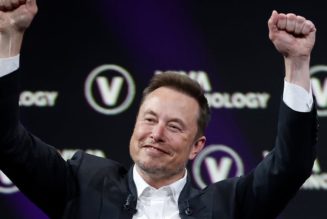Columnists
President Ruto looks determined to expand usage of cooking gas in levies plan
Friday May 12 2023
The removal of value-added tax (VAT) and levies on cooking gas is probably the most welcome item in the Finance Bill 2023. FILE PHOTO | POOL
The removal of value-added tax (VAT) and levies on cooking gas is probably the most welcome item in the Finance Bill 2023.
For a long time, International Monetary Fund (IMF) had insisted that LPG carry VAT as a condition for supporting Kenya’s budget, an illogical requirement considering the negative environmental and health impacts from use of alternative biomass and kerosene by mostly lower income rural and peri-urban households.
The Mwai Kibaki regime kept liquefied petroleum gas (LPG) free of taxes because it did not require IMF’s budgetary support and believed in environmental and health justifications for affordable LPG.
So far, President William Ruto sounds very enthusiastic about LPG, and this is why I believe much will happen in expansion of supply chains and demands.
In addition to the LPG tax removal, a private investor has over the past six months been licensed to build a 30,000 metric tonnes LPG import facility in Dongo Kudu, while Kenya Pipeline Company (KPC) has announced plans to erect a similar LPG facility at Changamwe.
Increased import capacity will definitely create economies of scale which will lower import freight costs.
Specifically, the common user KPC facility will liberalise importation of LPG by permitting participation by various market players.
I believe, the next logistics enhancement should be LPG haulage by SGR from Mombasa to new Nairobi and Naivasha primary distribution depots.
LPG last mile distribution is essentially a grassroots business with potential to attract huge SME participation and jobs. Creative marketing is already making LPG more affordable through “pay as you use” dispensing applications.
Independent LPG players have contributed significantly to the expansion of LPG consumption by sourcing the gas from Tanzanian LPG importers.
A major LPG importation monopoly in Kenya has over the years discouraged competition which has kept supply costs high and demands stunted.
Liberalisation of LPG supply chains , together with effective business regulation by EPRA should see LPG demand shoot from current annual consumption of about 350,000 mt to more than a million tons in another 10 years.
LPG may be an effective clean cooking option , but it is still a carbon emitter which may in yonder years be overtaken by the ongoing global green energy transition.
LPG is sourced from crude oil refining with the balance coming from stabilisation of natural gas to liquefied natural gas.
Crude oil and natural gas are fossil fuels which will gradually be impacted by energy transition.
Therefore, the ultimate “clean and green” cooking option will be renewable electricity, an indigenous source of energy not requiring forex to import.









